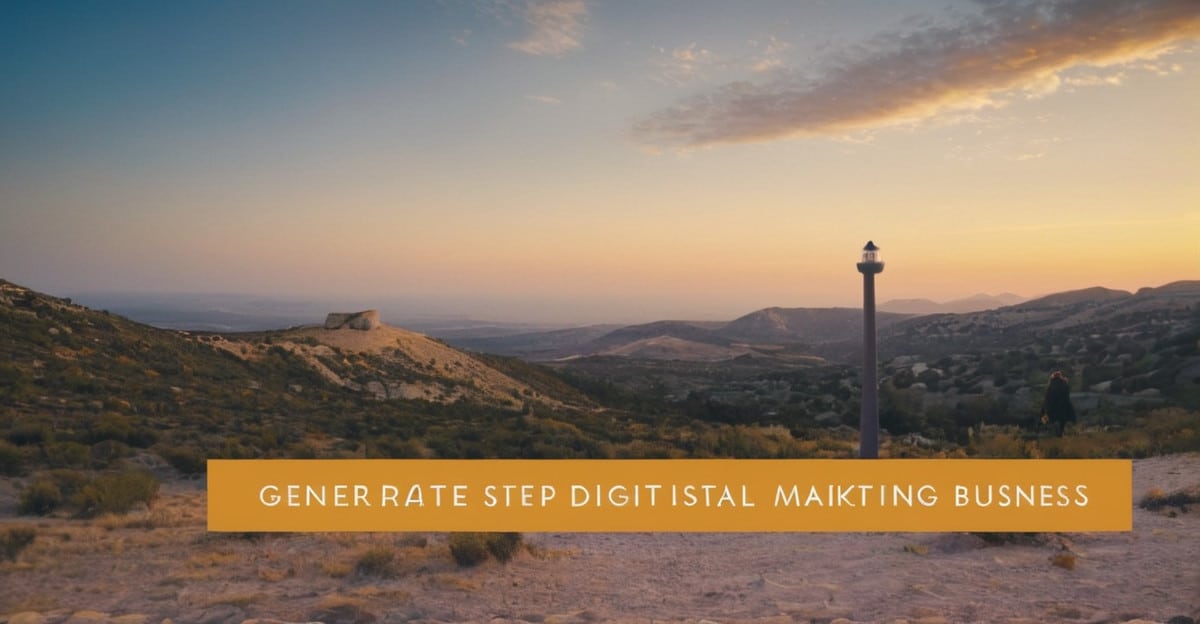
Introduction
How to Start a Freelance Digital Marketing Business in 2024 has become an increasingly popular topic as more professionals seek the flexibility and opportunity that freelancing offers. In this comprehensive guide, we will walk you through ten foolproof steps to establish your own freelance digital marketing business successfully. Whether you’re transitioning from a traditional job or starting fresh, these steps will help you navigate the journey with confidence.
Step 1: Understand the Basics of Freelance Digital Marketing
Before diving into the world of freelance digital marketing, it’s crucial to have a solid understanding of what it entails. Digital marketing encompasses a variety of services including SEO, social media marketing, content marketing, email marketing, and more. As a freelancer, you’ll need to be versatile and adaptable, ready to offer a range of services to meet your clients’ needs.
Start by familiarizing yourself with key concepts and tools. Google Analytics, SEO tools like Ahrefs and SEMrush, and social media management platforms such as Hootsuite and Buffer are essential. Enroll in online courses or attend workshops to build your skills and stay updated with industry trends.
Step 2: Identify Your Niche and Target Market
Finding your niche is a critical step in establishing a successful freelance digital marketing business. Specializing in a specific area can set you apart from the competition and position you as an expert. Consider your strengths and interests. Do you excel in social media strategy, or are you particularly skilled in SEO? Your niche should align with both your expertise and market demand.
Once you’ve identified your niche, define your target market. Who are your ideal clients? Are they small businesses, startups, or large corporations? Understanding your target audience will help you tailor your services and marketing efforts to attract the right clients.

Step 3: Establish a Strong Personal Brand
Your personal brand is your professional identity in the digital marketing space. It reflects your values, expertise, and the unique value you bring to your clients. Start by creating a compelling brand story that communicates who you are and what you stand for. This narrative should be authentic and resonate with your target audience.
Develop a consistent visual identity, including a logo, color scheme, and typography. Use these elements across all your marketing materials, from your website to your social media profiles. Consistency in branding helps build recognition and trust among potential clients.
Step 4: Create a Professional Website
Your website is your digital storefront. It’s often the first impression potential clients will have of your business, so it needs to be professional and user-friendly. Invest in a clean, modern design that reflects your brand. Ensure your website is responsive, meaning it looks good on both desktop and mobile devices.
Include essential sections such as an About page, Services page, Portfolio, Testimonials, and Contact information. Use SEO best practices to optimize your website for search engines. This includes using relevant keywords, writing meta descriptions, and ensuring fast loading times.
Step 5: Develop a Solid Portfolio
A strong portfolio is crucial for showcasing your skills and attracting clients. Include case studies of previous work, detailing the challenges, strategies implemented, and results achieved. If you’re just starting and don’t have client work to showcase, consider creating sample projects or offering pro bono services to build your portfolio.
Highlight a variety of projects that demonstrate your versatility and expertise in different areas of digital marketing. Use visuals such as screenshots, graphs, and videos to make your portfolio engaging and easy to understand.
Step 6: Set Competitive Rates
Pricing your services can be challenging, especially when you’re starting out. Research industry standards and consider factors such as your experience, the complexity of the services you offer, and your cost of living. It’s important to set rates that are competitive yet sustainable for your business.
Consider offering different pricing models, such as hourly rates, project-based pricing, or retainer agreements. Communicate your value clearly to clients, highlighting the benefits and results they can expect from working with you. Transparency in pricing builds trust and helps avoid misunderstandings.
Step 7: Learn Effective Client Acquisition Strategies
Attracting clients is a crucial aspect of running a successful freelance digital marketing business. Start by leveraging your existing network. Reach out to friends, family, and former colleagues to let them know about your new venture. Use social media platforms such as LinkedIn to connect with potential clients and industry influencers.
Consider joining freelance platforms like Upwork, Fiverr, or Freelancer. These platforms can help you find clients and build your portfolio. Additionally, invest in content marketing by writing blog posts, creating videos, or hosting webinars to showcase your expertise and attract potential clients organically.
Step 8: Utilize Essential Digital Marketing Tools
Effective digital marketing requires the right tools. Familiarize yourself with essential tools that can help you streamline your workflow, track performance, and deliver results for your clients. Tools such as Google Analytics, SEMrush, Ahrefs, and Moz are invaluable for SEO and analytics. Social media management platforms like Hootsuite, Buffer, and Sprout Social can help you schedule posts and monitor engagement.
Email marketing tools such as Mailchimp, Constant Contact, and ConvertKit are essential for building and managing email campaigns. Additionally, project management tools like Trello, Asana, and Slack can help you stay organized and collaborate with clients and team members effectively.
Step 9: Network Within the Industry
Networking is a powerful way to grow your freelance digital marketing business. Attend industry events, webinars, and conferences to connect with other professionals and potential clients. Join online communities and forums related to digital marketing to share knowledge, ask questions, and build relationships.
Consider collaborating with other freelancers or agencies on projects. This can help you expand your network, learn new skills, and gain access to larger projects that you might not be able to handle on your own. Building strong relationships within the industry can open doors to new opportunities and referrals.

Step 10: Continuously Update Your Skills
The digital marketing landscape is constantly evolving, so it’s crucial to stay updated with the latest trends and technologies. Invest in continuous learning by taking online courses, attending workshops, and reading industry blogs and publications. Platforms like Udemy, Coursera, and LinkedIn Learning offer a wide range of courses on various digital marketing topics.
Join professional organizations such as the American Marketing Association (AMA) or the Digital Marketing Institute (DMI) to access resources, certifications, and networking opportunities. Staying ahead of the curve will not only enhance your skills but also make you more competitive in the market.
Conclusion
Starting a freelance digital marketing business in 2024 can be a rewarding and profitable venture if approached with the right strategy. By following these ten foolproof steps, you’ll be well-equipped to establish your brand, attract clients, and grow your business. Remember, success in freelancing requires continuous learning, adaptability, and a proactive approach to client relationships. With dedication and perseverance, you can build a thriving freelance digital marketing business that offers both professional fulfillment and financial freedom.






